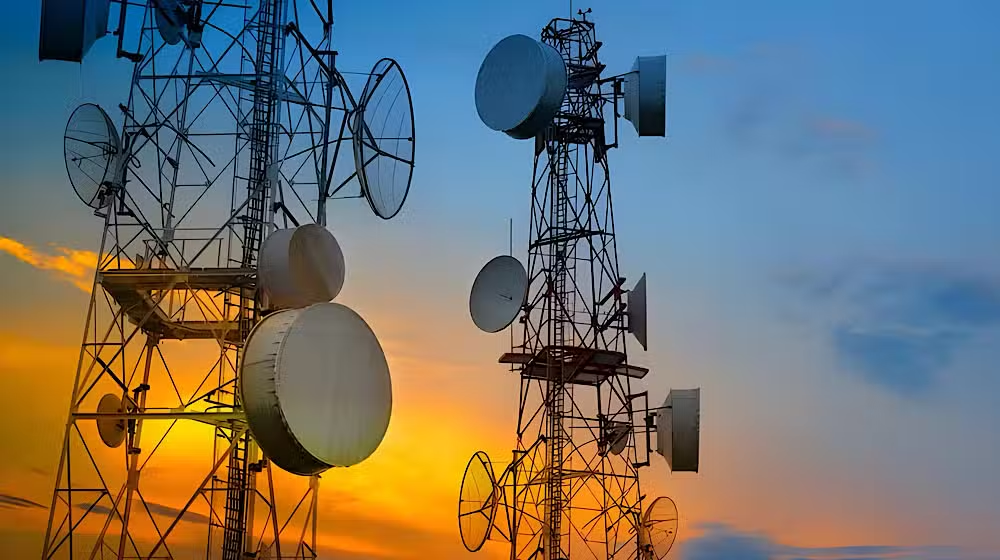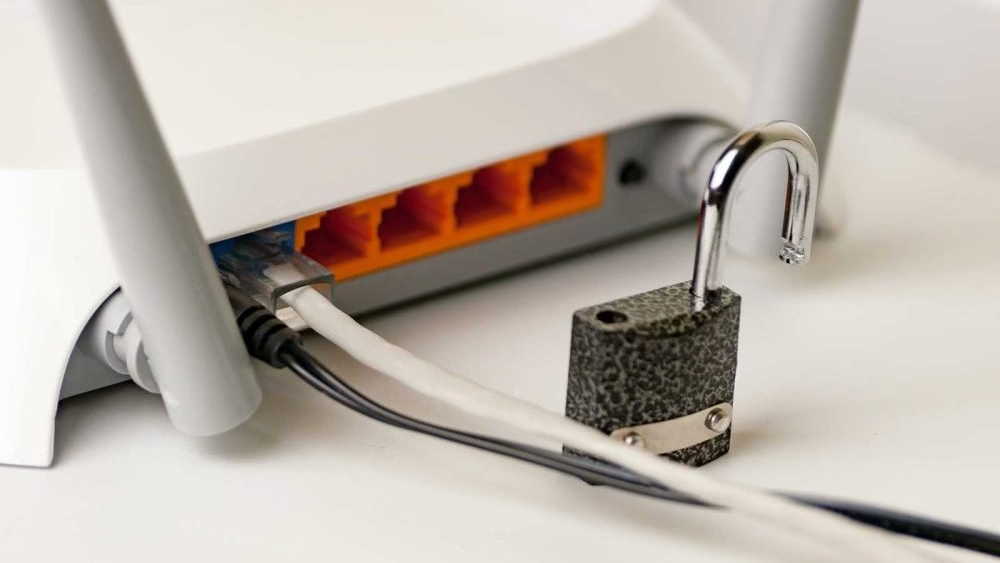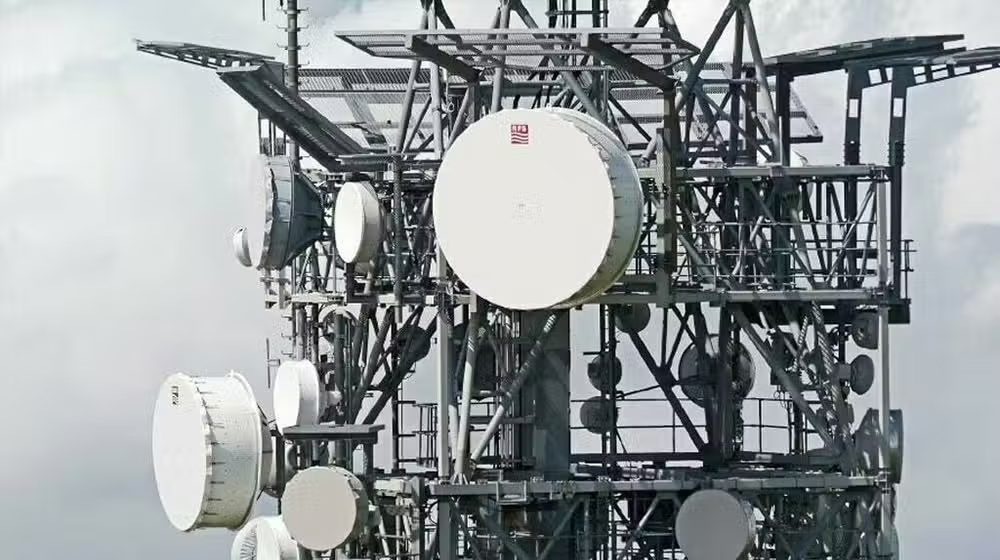The PTA telecom restoration efforts in flood-affected areas of Pakistan have become a critical lifeline for communities facing disruption. With severe floods damaging infrastructure across Khyber Pakhtunkhwa (KP) and other regions, ensuring uninterrupted connectivity has emerged as a national priority. The Pakistan Telecommunication Authority (PTA) is working tirelessly, in collaboration with telecom operators and government bodies, to restore services that are vital for rescue, relief, and recovery operations.
The Impact of Floods on Telecom Infrastructure
Flash floods in KP and adjoining areas have damaged several cellular and fixed-line sites, causing widespread communication issues. According to official updates, dozens of sites across Buner, Swat, and Charsadda have faced service outages. In some areas, residents have been left without mobile or internet access, further complicating rescue operations.
Telecom infrastructure is often among the first casualties during natural disasters. Towers, fiber optic cables, and power systems are either submerged or damaged, making it difficult to keep services running. With connectivity being a vital tool for disaster response, PTA telecom restoration efforts play an essential role in bridging gaps between authorities, aid organizations, and affected communities.
PTA’s Immediate Response
Right after the floods, PTA deployed specialized teams to monitor and assess the damage. These teams coordinated with federal and provincial governments, district administrations, and telecom operators to speed up recovery. In Buner, the PTA held high-level meetings with the Honorable Minister Mr. Ameer Muqaam, PTI Chairman Mr. Gohar Khan, Deputy Commissioner Mr. Kashif Qayum, and senior officials from PTCL and cellular operators to review the ground situation.
The PTA has prioritized areas with the highest population density and those critical for rescue efforts. Mobile network operators (MNOs) are using backup power solutions such as generators and portable towers to restore connectivity where traditional infrastructure has been destroyed.
Telecom Operators Joining the Effort
The telecom industry is also playing its part. Jazz, for instance, has announced free on-net and PTCL calls in KP to support communities in staying connected during this difficult time. The operator has also collaborated with the government’s 911 helpline to ensure citizens can access emergency services without disruptions.
Other operators, including Telenor, Zong, and Ufone, have dispatched technical teams to the field. PTCL has worked on restoring fixed-line services, which are equally critical for relief camps, hospitals, and emergency centers. These combined PTA telecom restoration efforts ensure that communication lifelines remain open.
Importance of Telecom in Disaster Response
Connectivity is more than just a convenience in disaster-hit areas—it is a necessity. According to a 2023 UNDRR (United Nations Office for Disaster Risk Reduction) report, nearly 70% of disaster-related rescue coordination relies on telecommunications. Without reliable networks, emergency responders cannot coordinate effectively, aid cannot be delivered in time, and affected citizens remain cut off from vital support.
In Pakistan’s case, telecom services are central to providing updates on weather, road conditions, and government advisories. SMS alerts and mobile data also help humanitarian organizations map affected populations and deliver aid more efficiently.
Challenges in the Restoration Process
While progress is being made, several challenges persist:
- Power Outages: Floods have damaged electricity supply lines, making it harder to run telecom sites.
- Accessibility: Many flood-hit areas remain difficult to reach due to washed-out roads and bridges.
- Equipment Damage: Telecom gear exposed to water often requires replacement, which delays restoration.
Despite these obstacles, PTA and operators are maintaining round-the-clock efforts to reconnect affected regions.
Government and Community Collaboration
The government has recognized the importance of restoring telecom services and has directed all concerned authorities to extend full support to PTA and telecom operators. Communities, too, are contributing by providing logistical help to technical teams working on restoration.
The presence of PTA officials in flood-hit districts highlights the seriousness of the issue. By coordinating at both national and district levels, PTA is ensuring that no area is left isolated.
The Road Ahead
As Pakistan continues to face climate-related challenges, building resilient telecom infrastructure is becoming a national necessity. According to Pakistan’s National Disaster Management Authority (NDMA), the country has faced flood-related damages worth over $30 billion in the past two decades. Incorporating disaster-resistant telecom designs, underground cabling, and renewable energy backup systems can reduce the vulnerability of communication services during future disasters.
The PTA telecom restoration efforts are not just about fixing damaged infrastructure but also about preparing for a more resilient digital future. Stronger collaboration between telecom operators, government bodies, and international agencies will ensure that Pakistan’s communication networks remain functional, even in times of crisis.
The recent floods in Khyber Pakhtunkhwa and other parts of Pakistan have underscored the critical role of telecommunications in disaster management. Thanks to the PTA telecom restoration efforts, millions of people are gradually regaining access to communication services, enabling smoother rescue and relief operations. While challenges remain, the coordinated approach of PTA, telecom operators, and government authorities demonstrates Pakistan’s commitment to ensuring uninterrupted connectivity in times of need.



